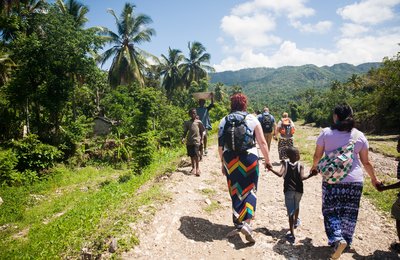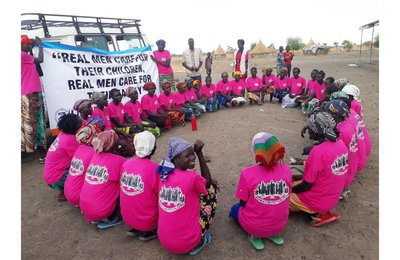Originally written in October 2011, recent events have shown the importance of continued efforts for peace in South Sudan.
On 18 August 2011, thousands of young men from the Murle tribe, armed with assault rifles, launched an attack on communities from the neighbouring Lou Nuer tribe, deep in the remote northern part of the state. The men first struck the village of Pieri, and moved quickly westwards, scorching a swathe through villages across 150 square kilometres. In their rage they abducted hundreds of children, torched thousands of homes and stole tens of thousands of cattle, the life-blood of the Lou Nuer.
When the dust had settled and the blood had dried, more than 640 people had been killed, with 750 wounded.
Volatile situation
So volatile in fact, that prior to this incident, over a thousand people had been killed in dozens of clashes between the Lou-Nuer and Murle communities in 2011 alone. The August attack had simply been the latest in a surge of retaliatory violence that is not looking to diminish anytime soon.
The immediate response helped alleviate the worst of the suffering, but did little to address the underlying causes; humanitarian agencies, despite having been caught up in the carnage, tended to the wounded, distributed food supplies and provided emergency shelter. Searches for the missing children were launched.
Collaborative response to violence
This time however, the government and the international community have determined not to let up. An inter-agency assessment team, commissioned by the President, was dispatched four days after the violence had ended. They predictably resolved to deploy more troops to the area and rebuild local infrastructure. However, in a radical departure from the norm, they also employed the services of the South Sudan Council of Churches, and assigned a group of parliamentary representatives to jointly tackle the issue.
In a further bid to galvanise a collaborative effort, the United Nations joined forces with NGOs and private sector contractors to bolster their religious and political counterparts. The UN deployed peacekeeping forces and provided logistical support; the contractors procured communications equipment and vehicles, and the NGOs supported mediation and negotiation processes. Meanwhile, longer-term development activity continues apace in an attempt to bring basic services such as health and education to the area.
The hard work is still ongoing, and the outcome is far from certain. Even now there are reports of preparations for a retaliatory attack. Yet violent incidents such as these have all too often in the past failed to trigger a collaborative response of this scale, of this nature. In the history of South Sudan, it may well be unprecedented.
There is no doubt that South Sudan is a uniquely challenging environment, from just about any perspective you care to take. Yet the response to the recent attack in Jonglei raises renewed optimism for the difficult task of establishing much needed stability for the region.









